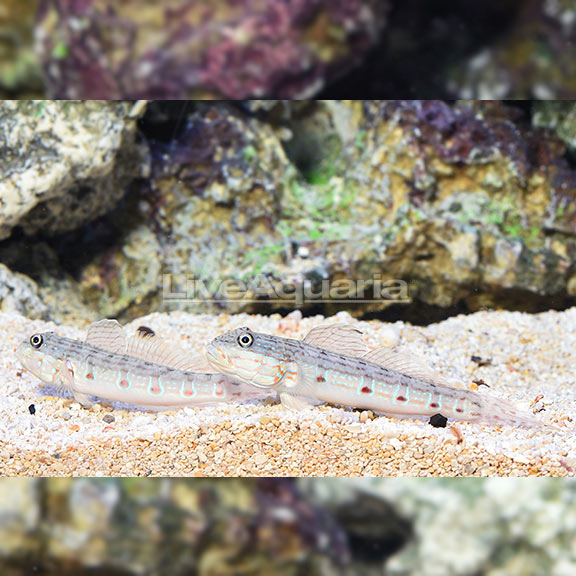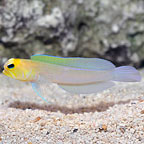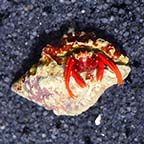
Additional locales and sizes may be available!
Additional locales and sizes may be available! Email me when availableQuick Stats
What do these Quick Stats mean? Click here for more information
What do these Quick Stats mean? Click here for more information
Overview
It should be housed in a 30 gallon or larger aquarium with a fine to medium sized sand substrate. The Sleeper Striped Goby uses shallow burrows in the substrate as refuge, keeping the substrate well oxygenated. It rarely becomes aggressive towards other fish, but is territorial, and will fight with its own kind unless they are a mated pair.
The Sleeper Striped Goby Goby feeds off the bottom as it sifts through the sand. Its diet should include a variety of frozen brine and mysis shrimp, bloodworms, and prepared foods for carnivores. It should be fed at least daily.
Approximate Purchase Size: Small 1" to 2"; Medium 2" to 3"; Large 3" to 4"; X Large 4" to 5"











